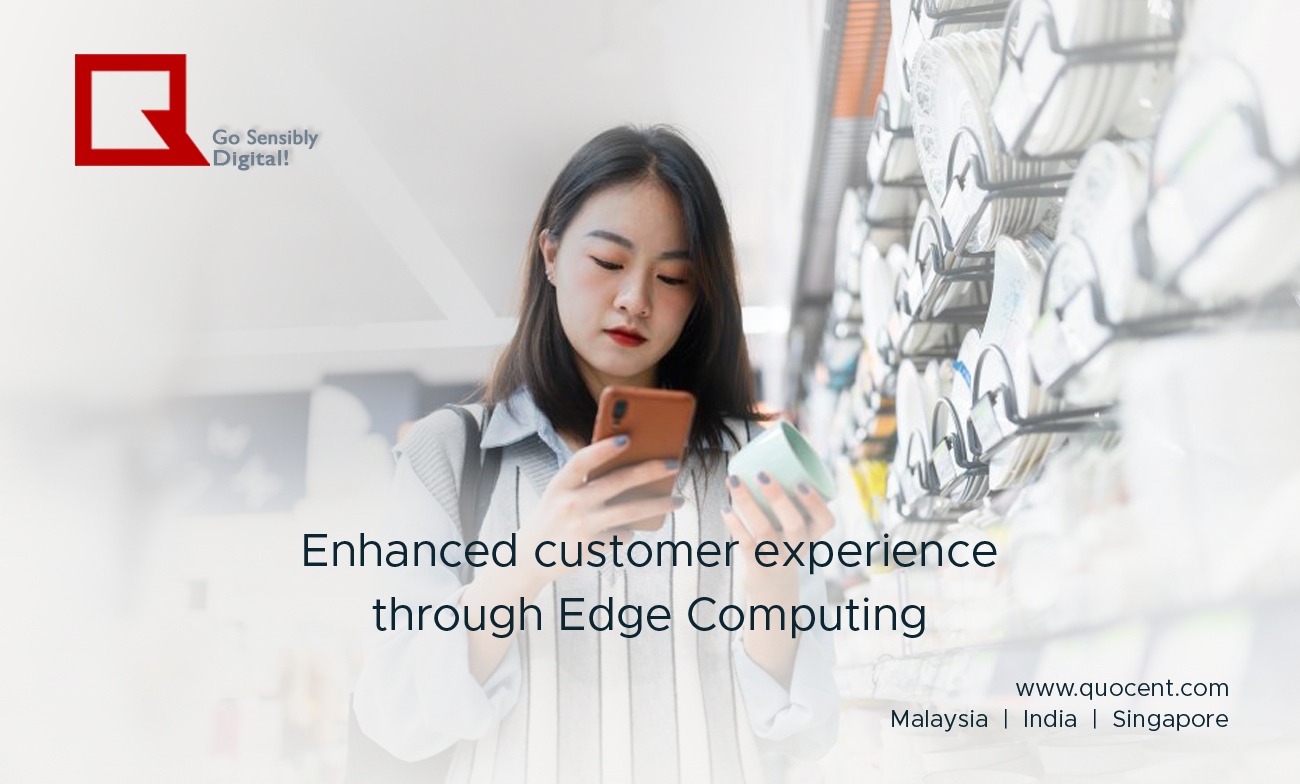We have moved an ahead from the traditional technology to cloud computing and now moving ahead to Edge Computing. It can also be understood through the analogy of the process of transition from calculator to computer to cloud and now we are talking about edge computing.
What is so special about edge computing and what is the need of the same? Are we not reaping the same benefits from existing computing system? Let’s discuss edge computing, it’s benefits and effect on existing computing systems.
The buzzword, edge, means literal geographical distribution. Edge computing refers the computing operations which is done near the source of the data, rather than depending on the cloud servers. It does not mean cloud will disappear; it means the cloud is coming to you.
Referring the benefits, we have five prime benefits of edge computing: –
- Protected & fastened:
Current cloud computing systems are centralized, hence makes it vulnerable to DDoS attacks & power outages. Edge computing routes the data processing activities across different devices and data centers which makes it very difficult it’s server to go down. As, data have to travel less, so risk of data loss is also reduced and less data travelling at a certain moment at any point in the network makes it hard to penetrate and hack the whole system. High pace is one of the important attributes for any successful business and when it comes to IT businesses it become the must have. Right from manufacturing sector to high level online trading platform speed is very much needed. Edge computing is highly efficient with lowest latency possible till now in the world of computation. The main reason behind is the distance travelled by data. Existing fiber optic technology allows data to travel as fast as second third speed of light. The data generation capacity OS increasing day by day. Rough estimate is 44 ZB data is generated in 2020. It has been estimated that 463 EB data will be generated every day by 2025 which will be enough to create data traffic jams. When data will be processed nearby the source, data will have to travel less resulting into speedy processing and latency will be slow.
- Adaptable & Multiskilled
Edge computing provides less expensive scalability routes by allowing organizations to expand their computing capacity through a combination of IoT devices and edge data centers in their own systems. Targeting desirable markets and customers without investing much in data architecture expansion is one of the main versatilities of edge computing. Edge data centers allow the system to process of data by minimizing the physical routes to travel and lowering the latency. The unstructured data can be collated at nearby place, analyzed and can be delivered back to the source to identify trends and notable data points. By practicing edge computing, an organization can reduce the latency, high the data processing speed and the accuracy with the security of data.
- Reliability
Reliability of edge computing lies in its core advantage and that is data has to travel less to get processed. It helps in prioritizing the traffic, lower latency and a higher data processing speed along with the data center stored in the locality.
New Era of Edge Computing:
Edge computing is able to overtake cloud computing while giving more power to it. Though this, an organization can optimize the resources by bringing all the IoT devices in the network to boost up the speed and reliability. Again, the benefits of the edge computing make it best rated upcoming computing system.



